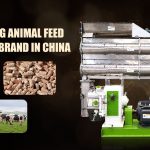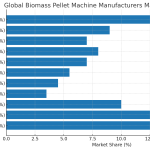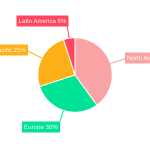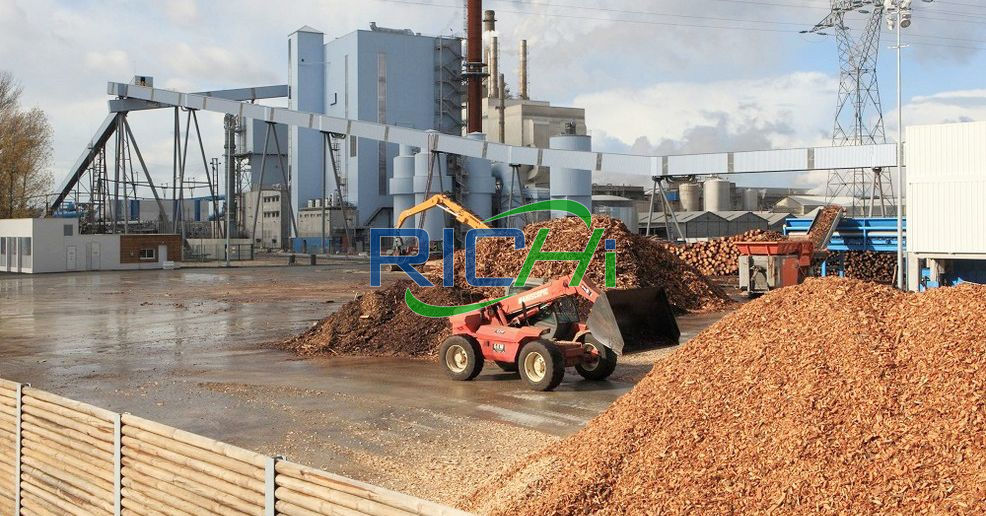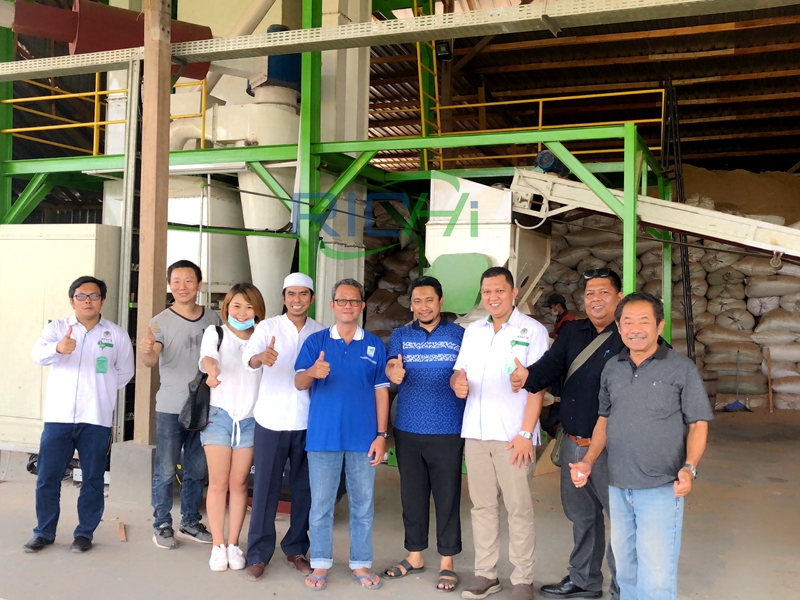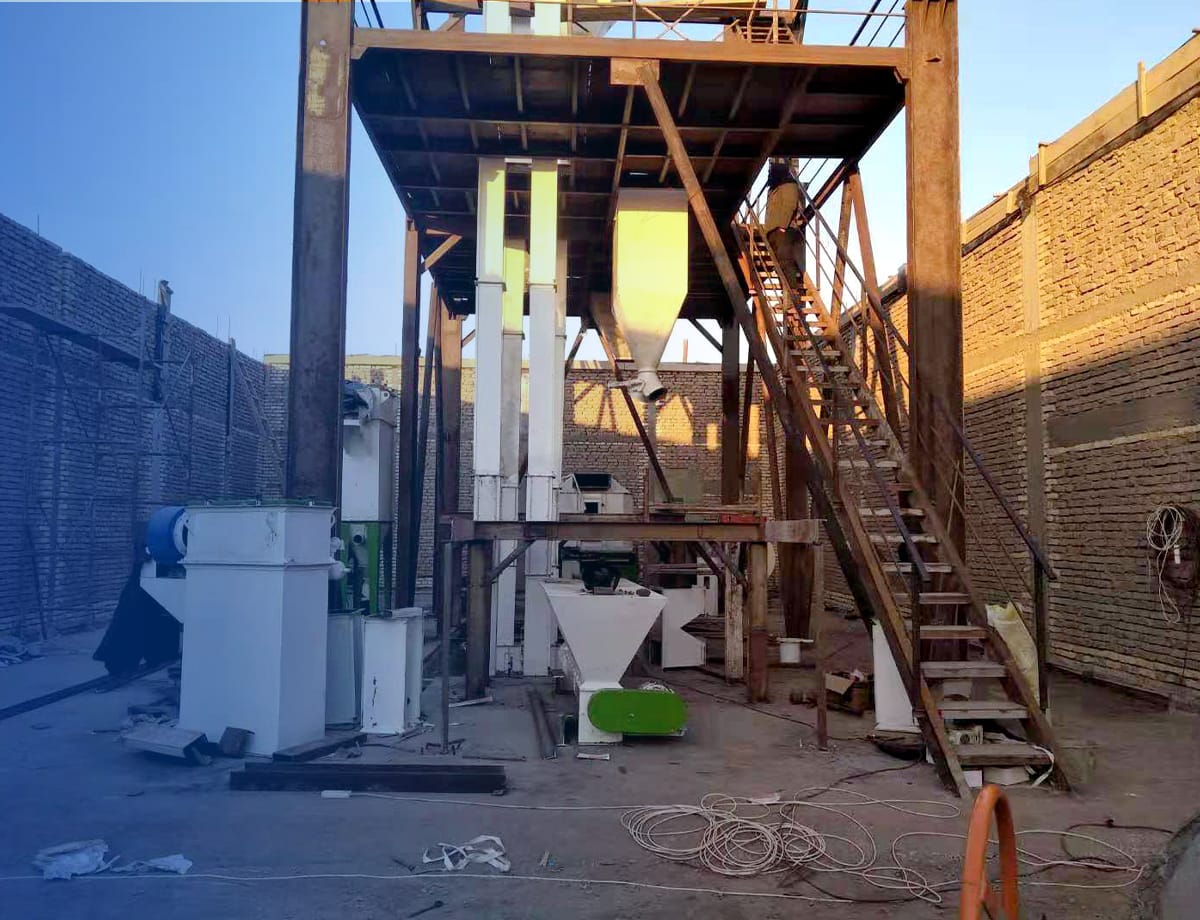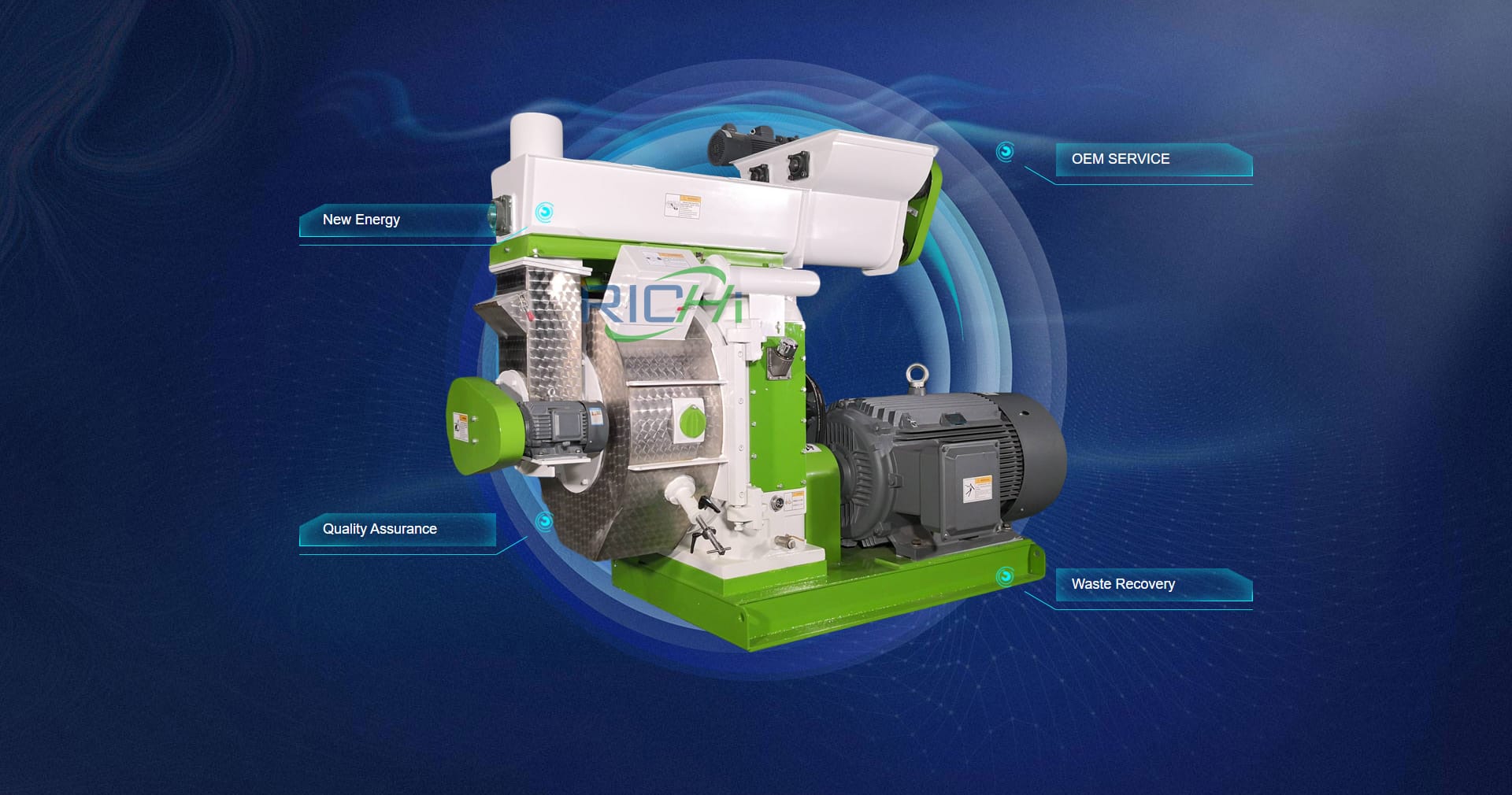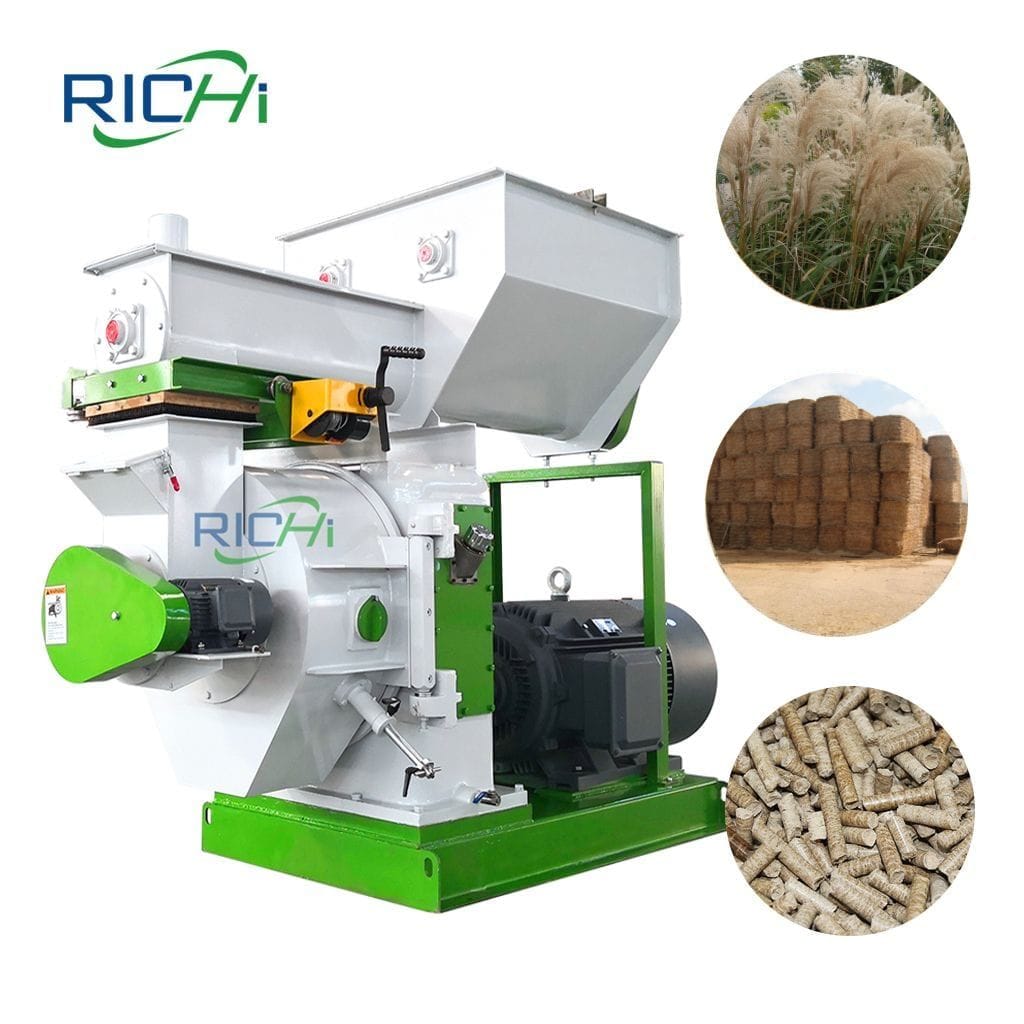Thailand, with its robust agricultural and forestry sectors, offers a wide range of biomass raw materials ideal for pellet production. As the country pursues more sustainable energy solutions, biomass pellet production has become increasingly attractive. Here’s an overview of the diverse biomass raw materials available in Thailand and their potential uses in pellet production:
Related post: 10-12 T/H Biomass Pellet Production Line in Thailand
Agricultural Residues
- Rice Husks and Straw
- Abundance: Thailand, being one of the world’s largest rice producers, generates substantial amounts of rice husks and straw. These materials are consistently available throughout the year.
- Properties: Rice husks have a high silica content, which contributes to the durability of pellets.
- Sugarcane Bagasse
- Availability: As a major sugarcane producer, Thailand has ample sugarcane bagasse, the fibrous residue left after juice extraction.
- Advantages: Bagasse pellets have high calorific value and low ash content, making them suitable for both industrial and residential use.
- Cassava Stems
- Usage: Thailand’s significant cassava industry produces stems that can be processed into pellets.
- Benefits: Cassava stem pellets exhibit good combustion properties and provide an efficient use of agricultural waste.
- Corn Stalks and Cobs
- Volume: With a substantial corn industry, Thailand generates considerable amounts of corn stalks and cobs.
- Utilization: These materials can be pelletized to manage agricultural waste and produce valuable energy.
Related post: https://www.pellet-richi.com/wood-pellet-machine/biomass-pellet-production-line.html
Forestry and Wood Processing Residues
- Sawdust and Wood Shavings
- Sources: The furniture and wood processing industries in Thailand produce significant sawdust and wood shavings.
- Features: These fine wood particles are ideal for pellet production, needing minimal pre-processing.
- Forest Residues
- Types: Includes branches, tops, and low-quality wood from sustainable forest management practices.
- Advantage: Utilizes forest resources efficiently while providing a renewable energy source.
- Rubber Wood Residues
- Context: Thailand is the world’s largest rubber producer, with residues from harvested rubber trees.
- Suitability: Rubber wood residues, including sawdust and offcuts, are excellent for pellet production.
Energy Crops
- Napier Grass
- Characteristics: A fast-growing perennial grass with high biomass yield and multiple harvests per year.
- Potential: Ideal for dedicated biomass pellet production due to its high yield and rapid growth.
- Giant King Grass
- Attributes: Cultivated specifically for biomass, it has a rapid growth rate and high yield.
- Application: Excellent for sustainable pellet production.
- Bamboo
- Availability: Thailand has abundant bamboo resources.
- Properties: Bamboo grows quickly and has a high calorific value, making it a promising biomass feedstock.
Palm Oil Industry Residues
- Empty Fruit Bunches (EFB)
- Source: Byproduct of Thailand’s palm oil industry.
- Considerations: EFB pellets have higher ash content compared to wood pellets but are valuable for energy production.
- Palm Kernel Shells
- Description: Another byproduct of palm oil processing.
- Benefits: Palm kernel shell pellets have high calorific value and low moisture content, suitable for high-density fuel.
Considerations for Raw Material Selection
- Availability and Supply Chain
- Consistency: Ensure a reliable supply of chosen raw materials, potentially through partnerships with agricultural cooperatives or industrial suppliers.
- Moisture Content
- Impact: High moisture content in some materials may require additional drying, affecting production costs.
- Ash Content
- Quality: Lower ash content is preferable for higher-quality pellets, especially for residential and premium industrial applications.
- Calorific Value
- Energy Content: Higher calorific values are desirable for better heating efficiency.
- Pelletizing Properties
- Factors: Consider lignin content and fiber structure, which affect the pelletizing process and final product quality.
- Seasonal Availability
- Planning: Account for seasonal variations in agricultural residues and plan for alternative materials during off-seasons.
- Transportation and Logistics
- Costs: Proximity of raw material sources to production facilities can impact costs and efficiency.
Conclusion
Thailand’s diverse range of biomass raw materials—ranging from agricultural residues like rice husks and sugarcane bagasse to forestry residues and energy crops—provides a solid foundation for a thriving biomass pellet industry. By strategically selecting and combining these materials, Thailand can establish a robust and sustainable biomass pellet production sector.
As global demand for renewable energy rises, Thailand is well-positioned to meet domestic needs and enter international markets. Effective utilization of its biomass resources will contribute significantly to the country’s renewable energy goals, promote rural development, and foster overall economic growth.
